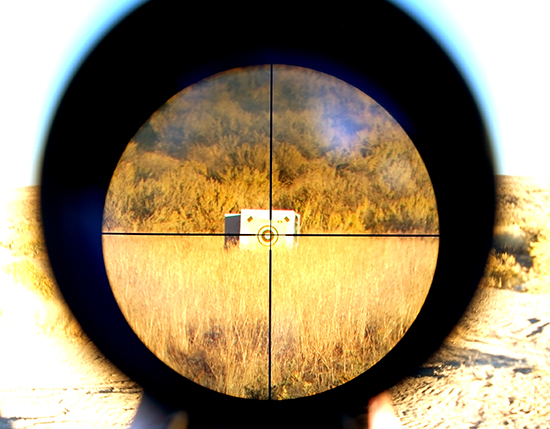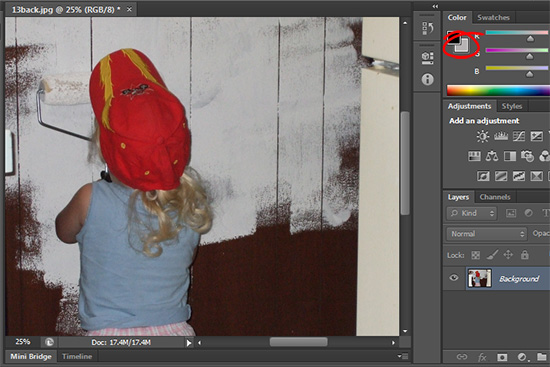Learn how to make plaids and checks in Photoshop very quickly. See how to save the plaids as patterns and how to fill a shape with a pattern in all versions of Photoshop.
Check out all our tutorials on our YouTube channel.
Complete transcript of this video:
Hello, I’m Helen Bradley. Welcome to this video tutorial. In this video I’m going to show you how to create quick and easy plaids and checks in Photoshop. And this is going to work with pretty much any version of Photoshop. Before we start creating our plaid pattern let’s have a look and see exactly what we mean by creating plaids and checks. This is a simple sort of gingham style pattern that we’re going to create, and I’ve used it to fill a shape. And you’re going to see how you can do that as well. So let’s just tuck that away for now and let’s go and create our pattern. I’m going to choose File New and I’m going to create a workspace that is a fixed size and it’s going to be square. So I’m going to make this 200 pixels by 200 pixels because that’s going to be nice and easy to see. And I’m going to for this one create background contents as white because I actually want white as the basis of my pattern. So I’m quite happy to have white there. I’m going to choose View Rulers because I want to see my ruler right now. And I want to add two guides just to make sure that this is perfect. I’m going to choose New Guide and I’m going to make this 50 percent Horizontal and then add another one at 50 percent Vertical. These guides are going to help me draw in my shape. So I’m going to select the Rectangular Marque Tool and drag over one side of this shape. I need to work on a new layer so I’m going to click the New Layer icon here. And let’s choose a different color to the one we were working on before. Let’s create a sort of purple gingham this time. So I have purple selected as my foreground color, a brand new layer. I can fill this layer automatically with the foreground color by pressing Alt Backspace on the PC, Option Delete on the Mac. I’m going to add another layer. Still with this Marque Tool selected, this time I’m going to select the top area here, and I’m going to fill it again with the same color, Alt Backspace, Option Delete. And there’s the basics of my gingham check pattern. The only thing is is it doesn’t quite look the way it’s supposed to look yet. What I’m going to do is to make these layers both 50 percent opacity. And when I make both these layers 50 percent opacity you can see that we’re getting this sort of gingham check look. And I’m pressing Ctrl D, Command D on the Mac, to deselect my selection. To get rid of my guides I’m going to just click Clear Guides. So this is my gingham pattern. To make it a pattern I’m going to press Ctrl A or choose Select All to select everything and choose Edit and then Define Pattern. And I’m going to call this purple gingham and just click Ok. Now that pattern is created so I can just trash that document. But we might save it just for the moment because we might come back to that in a minute. Now let’s see how we could use our plaid pattern. I’m going to choose File New and create a letter size document with a white background. And here it is. Here I’m going to click the Custom Shapes Tool and I already have this rabbit shape selected. But you could select any shape. And I’m going to show you how to do this in any version of Photoshop because Photoshop CS6 is a little different. But the procedure I’m going to show you will work with any version. So with the custom shapes tool selected we’re going to make sure that we have path selected here. There are three options and they’re just different icons in earlier versions of Photoshop. But you want the Paths option. And we’re going to drag our rabbit shape. I’m holding Shift as I do so to constrain it to those proportions. Now in any version of Photoshop you can choose Layer New Fill Layer Pattern. Click to accept pattern fill and then you’ll find that it’s filled with the most recently created pattern which is the pattern we just created. If the scale of the pattern is too big, which it is really for me, I want to scale this down to 25 percent. I can just select Scale 25 percent and click Ok. And there is my rabbit filled with my pattern. Now in Photoshop CS6 you can do it a little differently. What we’re going to do is to choose a shape. And in this case we can fill our shape with a pattern. So now let’s grab our rabbit. And you can see that by default this is now created. It’s actually got a stroke on it. I don’t want any stroke. And with my pattern fill I can scale my pattern here in Photoshop CS6. So CS6 just makes it a little easier to do. But you can still do the same process in any version of Photoshop. Now let’s just go back for a minute to our original shape which is this one here. We could do some other things to make it a little bit more plaid like. For example I’m going to add a new layer, drag it to the very top, and I’m going to drag a very small stripe through here. And I’m going to fill it with a slightly darker version of this purple. So this is the foreground color, Alt Backspace, Option Delete. And then I could add another one again through here. This one I’m going to do twice. So I’m going to select the selection I have here and I’m going to Alt drag on it to create a couple of lines. Actually let’s do three. And I’m going to call that my new plaid shape. Having done that lets press Ctrl A to select everything, Edit Define Pattern. This is going to be my new pattern. It’s a little bit off in the spacing but I’m not going to worry too much about that. Let’s turn everything off here. Let’s go and grab a new shape. So for this one we’ll do a flower shape. And again, I’m just going to choose, well let’s go with Photoshop CS6. Let’s grab our pattern there and no stroke and just draw my flower shape holding Shift to constrain it to the shape. And you can see now that we have a more complex pattern fill for our object. We can again scale that down to 50 percent. But you can create plaids any way that you want to, and they’re going to fill any shape in Photoshop. I’m Helen Bradley. Thank you for joining me for this video tutorial. You can find more of my video tutorials on this YouTube channel and visit projectwoman.com for more articles on Photoshop, Lightroom and Illustrator.


 (photo by: Benjamin Earwicker)
(photo by: Benjamin Earwicker) (photo by: Anita Levesque)
(photo by: Anita Levesque) (photo by: Jenny Kennedy-Olsen)
(photo by: Jenny Kennedy-Olsen) (photo by: Leroy Skalstad)
(photo by: Leroy Skalstad) (photo by: Vivek Chugh)
(photo by: Vivek Chugh)